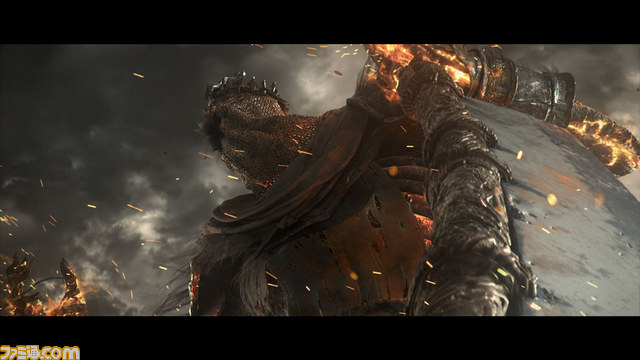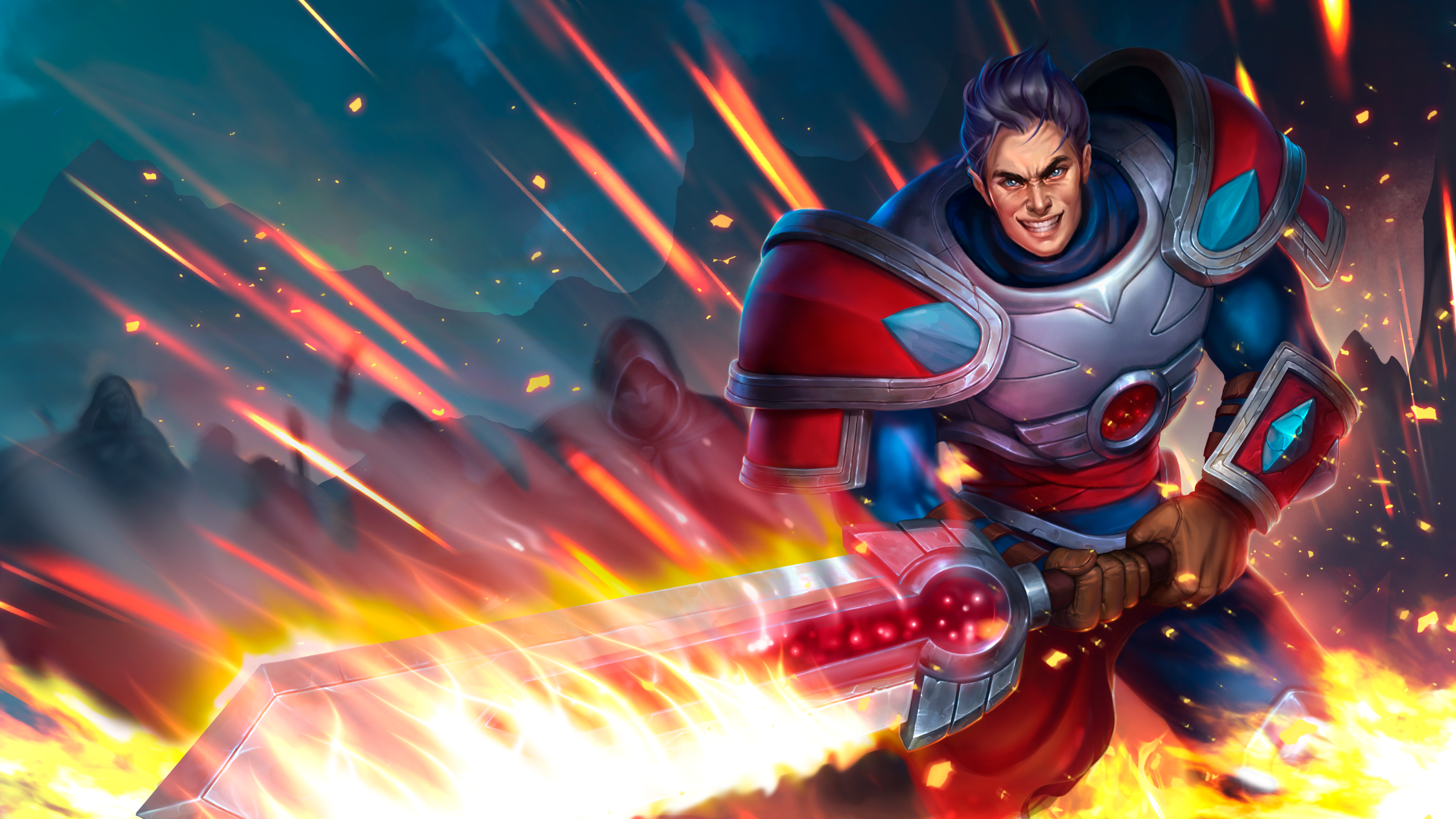Hidetaka Miyazaki, president of From Software, gave a presentation explaining some of the key features of their upcoming game, Dark Souls III.
The scale of the world, the immersive feel
The first of the Dark Souls series to be on the PlayStation 4 and Xbox One, the scale of this series’ unique three-dimensional exploration map feature will be bigger than ever.
On top of allowing players to enjoy a Dark Souls-esque game, this is considered an extremely big feature. In order to give an immersive feel to exploring this map that has been expanded on a large scale, interactive components such as dealing with dynamic light sources or depictions of ash dancing in the wind have been added.
“The end of the world.”
This game is the most aware of the end of the world thus far (in the series). It’s not just dark and gloomy, efforts have been made to visualize a “withered beauty” quality, using images like a faded/dulled sun and ashes dancing in the wind.
Additionally, as the developing story in this world of withered beauty, this time the story is considered a “hero’s tale”. This becomes the story of the series’ symbolic hero, the “King of Cinder” and, the one who kills that king. The “Flame Giant/Titan” that appears in the debut trailer, is said to be one of the past Kings of Cinder resurrected.

A further deepening of the series concept
Various aspects of the Dark Souls series have been implemented and improved upon.
To give players a sense of accomplishment, elements such as a formidable degree of difficulty and a lightly connected online system are going strong, but on top of that new factors like “swordplay action” have been added. By “swordplay action”, with an in-depth system using weapon categories like straight sword and bow and arrow and the special characteristic of holding consumptive items, new action and adjustments have been increased.
With this the two goals of expanding the diversity of tactics as an action game first, and extending the range of characters’ charm as an RPG second, have been achieved (according to Miyazaki).
The use of the real-time play.
As this time players will be exploring great castles, the map will have intense differences in elevation and, as is often the case in Dark Souls series games, places one can easily fall and die. Additionally, the system of lighting bonfires to make base points is actively used in this work.
While advancing in exploration, images such as a faded/dulled sun, withered trees, and masses of the dead praying to the sun express an end-of-the-world feel. As the player progresses further, the whirling ashes, scattered from the laid-out corpse of a giant dragon, contribute to the sense of an apocalyptic world.

Kill countless enemies, and proceed inside the tower. And in dark situations with no light, use torches to attain light. Dynamic light sources such as the sparks that rise from the lit torches and the flames that flutter in the air emphasize the immersive feel attributed to the gameplay. Additionally, in Dark Souls II the torches had a time limit, but in this game such a thing has not been established. There are also scenes of being attacked by dead lurking in the darkness, as well as the deployment of enemies who take the player be surprise.

Furthermore, as you descend inside the tower, you can discover small graves. These small graves are an additional component to this game, aside from being able to light them up or make them landmarks, you can also read fragments of the story engraved in stone. These graves are hidden in every area, and the searching of them is something that players can look forward to.
Explanation of combat
First, for the longsword, a stance has been added as new action. From this stance, it is possible to produce two kinds of special attacks, as well as particular attributing effects respectively. One such effect is destroying an opponent’s shield, which can increase the special characteristics of a longsword such as versatility in one-on-one situations.

Beyond that, there is the obtaining of the great sword. For this great sword, too, “breaking charge” has been added as new action. By charging with this, it is possible to fight striking with swings that resemble mowing down enemies, “cut the flesh and sever bone” so to speak. This is evocative of the manga “Berserk” main character Guts.
Eventually you advance and obtain a short bow and scimitar. With the short bow the property of rapid firing, even from rolling, has been added. This quick firing from rolling is something that is impossible with the long bow.
The scimitar is held in both hands, and can switch into a dual-sword mode. In this dual-sword mode a “rotation” action has been added, allowing the player to unleash a wide range of attack and cut one’s way through even when surrounded by enemies.

The deeper you advance, encounters with hordes of enemies lie in wait for you in narrow passages. If you give up on traveling along the narrow passages and take a different path, be on the watch for descendants of the “Ancient Stone Dragon”, whose fiery breath make it almost impossible to advance.
Players of the series can experience the “dragons appearing on the map to defeat players” situation many times, which appears to be director Miyazaki’s favorite.
Still nothing on the subject of multiplayer features for Dark Souls III, however development appears to be proceeding smoothly. More updates soon to come.







Published: Jul 1, 2015 01:27 pm